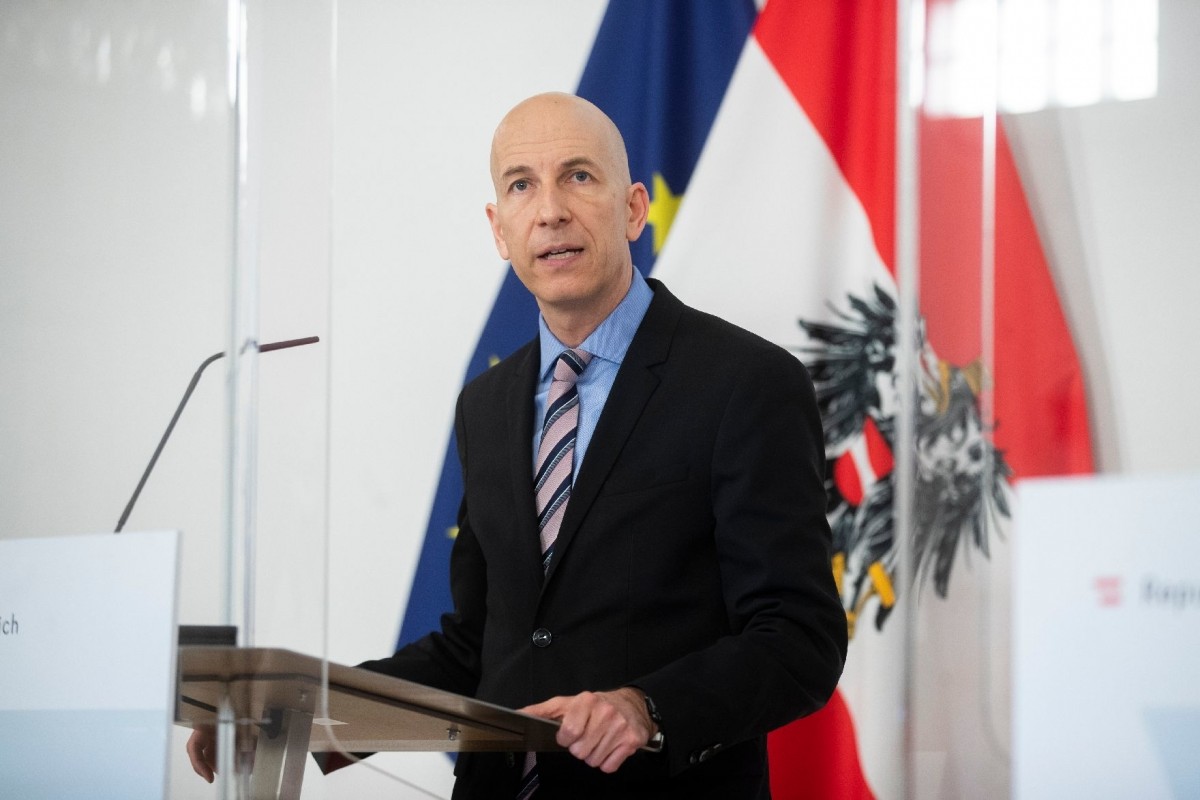Sponsored Content
Austria Investing in the Future: Strengthening STEM Education and Massive Research Funding
Austria is setting standards in the education and research landscape to meet the challenges of the future. With two far-reaching initiatives, the government aims to combat the shortage of skilled workers in the STEM fields (mathematics, IT, natural sciences, and technology) as well as massively promote research and innovation in the country. These measures are intended not only to solve short-term problems but also to secure and strengthen Austria as a business location in the long term.
 "Innovation is a key driver of the future and growth and acts as a guarantor of Austria's competitiveness," says Austrian Minister of Economic Affairs Martin Kocher. / Picture: © Bundeskanzleramt (BKA) / Christoper Dunker
"Innovation is a key driver of the future and growth and acts as a guarantor of Austria's competitiveness," says Austrian Minister of Economic Affairs Martin Kocher. / Picture: © Bundeskanzleramt (BKA) / Christoper Dunker
The shortage of skilled workers in the STEM fields has been a problem for the economy and the education system in Austria for years. To counteract this, the Austrian government has launched a comprehensive initiative aimed at getting young people interested in these fields. The so-called "MINT regions" are regional networks dedicated to promoting mathematics, IT, natural sciences, and…
or Log In
Fast News Search





